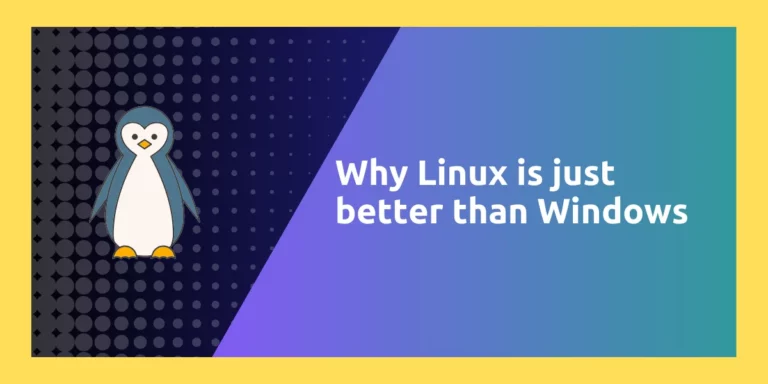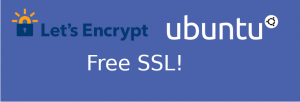Linux is an open-source kernel that is used by several operating systems along with other components to create a functioning environment that can be used by anyone.
Linux-based operating systems have come a long way since their inception, fractional scaling support for HiDPI monitors, and WINE, and Proton compatibility layers have been developed which add support for Windows-only games, and let you play them on Linux.
Because of its open-source nature and low market share in the desktop sphere, the amount of malware made for this OS is near zero, making it one of the most secure operating systems.
Of course, Windows beats Linux in several areas, but this open-source operating system also does that to Windows in so many fields. In this article, we will discuss several areas in which Linux is just better than the Windows operating system.
Linux offers a secure, customizable, and cost-effective alternative to Windows. With its open-source nature, it provides a plethora of choices in distributions and desktop environments. Its package managers simplify software management, offering a more secure way to install, update, and remove programs. Linux also respects user privacy and is less susceptible to malware attacks. Best of all, it’s free to use.
| Feature | Linux | Windows |
|---|---|---|
| Source Code | Open-source, can be modified and redistributed | Closed-source, cannot be modified |
| Customization | High; multiple desktop environments available | Limited; one standard desktop environment |
| Software Installation | Secure through package managers like
apt | Riskier; involves downloading EXE files from the internet |
| Number of Distributions | Hundreds; allows for user choice | One main version with different editions (Home, Pro, etc.) |
| Security | Less susceptible to malware and viruses | More vulnerable to malware and viruses |
| Privacy | Does not track user activities by default | Known to collect telemetry data |
| Cost | Free to use | Licenses range from $100-$250 |
| Learning Curve | Present but manageable; community support available | Generally easier to use for those accustomed to it |
| Professional Software | Limited support for software like Adobe Suite and Microsoft Office | Wide range of professional software available |
| System Updates | No need to reboot after most updates | Often requires a reboot after updates |
Also read: Top 15 Best Linux Emulators for Windows
The Freedom of Choice: Linux’s Open-Source Advantage
Because of its open-source nature, anyone can take the code of any application/feature they like from a distribution (Operating system), add or remove whatever features they want, and publish it as a completely new distribution. While this leads to fragmentation, it also offers unparalleled choice for users.
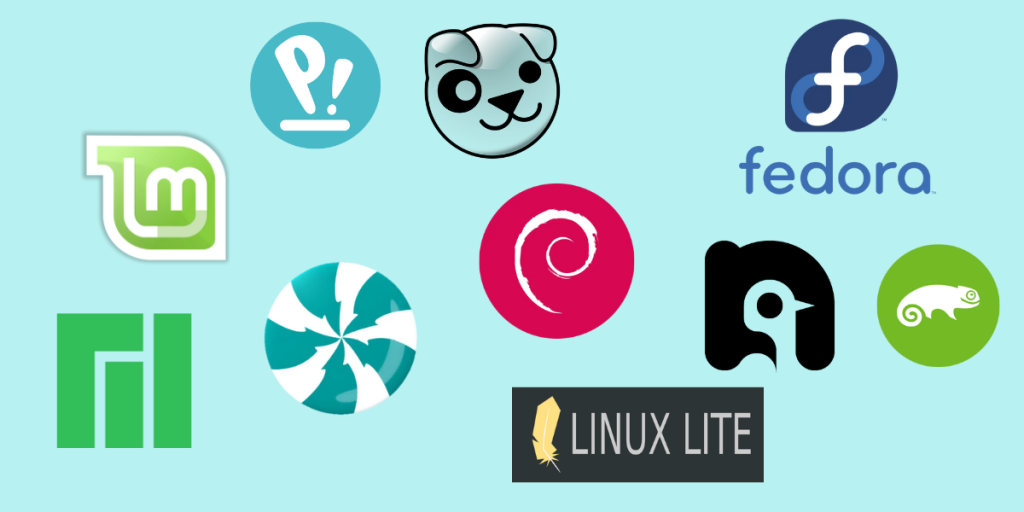
Windows has only one look, a desktop, icons on the desktop, and a taskbar at the bottom which contains pinned applications as well as a calendar and the start menu. This is essentially your ‘Desktop Environment’ of Windows. Linux offers a variety of desktop environments and each one of them offers different features and changes the entire look of your distribution. This flexibility allows you to easily install and customize any desktop environment.
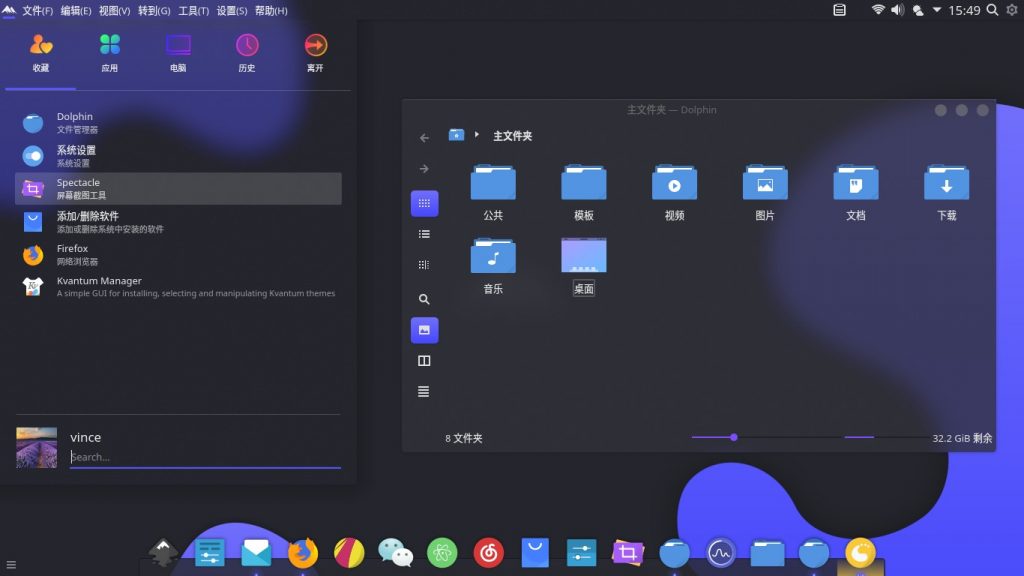
The most famous Desktop Environments include KDE, GNOME, Cinnamon, XFCE, etc.
Also check: Top 8 Best-Looking Linux Distro
Secure and Simple: The Power of Linux Package Managers
Downloading EXE files from the internet poses security risks, as malicious websites disguise themselves in the form of ads and bump themselves up in the search results. If you install these executables from the internet on your system, then chances are high that your PC can be compromised. Installing software programs on Linux distribution is very different from that of Windows.
Linux’s package managers, accessible via the terminal, offer a secure and streamlined way to manage software. They are very useful for installing, updating, and removing programs from your system with just one command. Of course, there is a bit of a learning curve, but think of them like Harry Potter’s spells. Just like ‘Accio <stuff>’ would get you the stuff in Harry Potter, ‘sudo apt install <program>’ would install any program you like on Linux distributions.
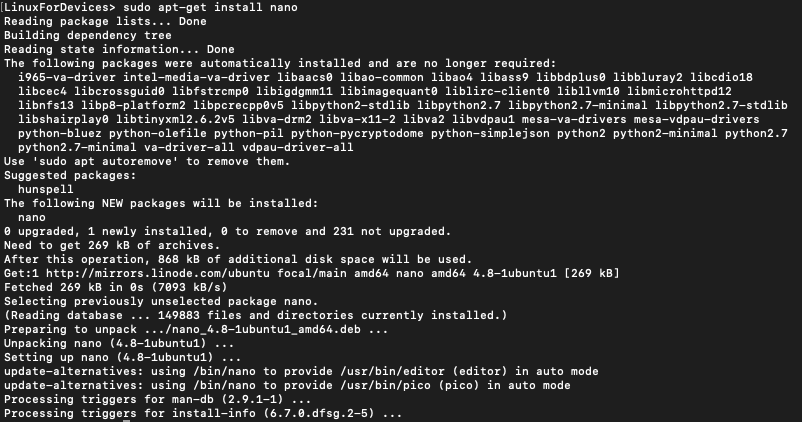
If you are not comfortable typing commands in the Terminal to install an application, you can just search and install from the Graphical store, which is present in most Linux distributions. They use the package manager in the back end to do the same thing, install, update, and remove programs.
Package managers eliminate the need to open a web browser and search for the application’s executables, and thus is more secure, also you don’t have to reboot once you install an application or apply an update like you do in Windows.
Fort Knox for Your Data: Why Linux is More Secure
Linux desktops are less susceptible to security issues and malware attacks. Even Windows viruses do not work on Linux because both operating systems are completely different. As long as you do not run any random command or script you found on the internet in your Terminal, your system will always be stable. Don’t get me wrong, some viruses are made to run on the Linux distributions, but they are targeted towards servers, not desktops.
If a developer with malicious intent would want to make a virus, then their goal would be to target a maximum number of users and hence, the low market share of Linux distributions acts as an advantage here for users. Its open-source nature is also responsible for security because vulnerabilities get detected and patched really fast before someone plans to exploit using that vulnerability.
Guarding Your Privacy: How Linux Protects You
Linux, unlike Windows, does not track what you use on the OS or what content you browse on the internet (unless you explicitly tell it to).
Microsoft is known to collect telemetry from Windows operating systems, and now they even have made it compulsory in Windows 11 to log in with a Microsoft account.
On Linux, most of the applications you use in the front-end or in the back-end, are all open-source with an auditable code, so they do not collect any data. However, they can ask you to send telemetry to make the software better, but that’s totally anonymous and usually opt-in.
Cost-Effective Computing: The Financial Benefits of Linux
While Windows licenses can cost up to $250, Linux distributions are entirely free. Just download any ISO of the distribution you want to try out and install it on your system or in a virtual machine, and you are good to go!
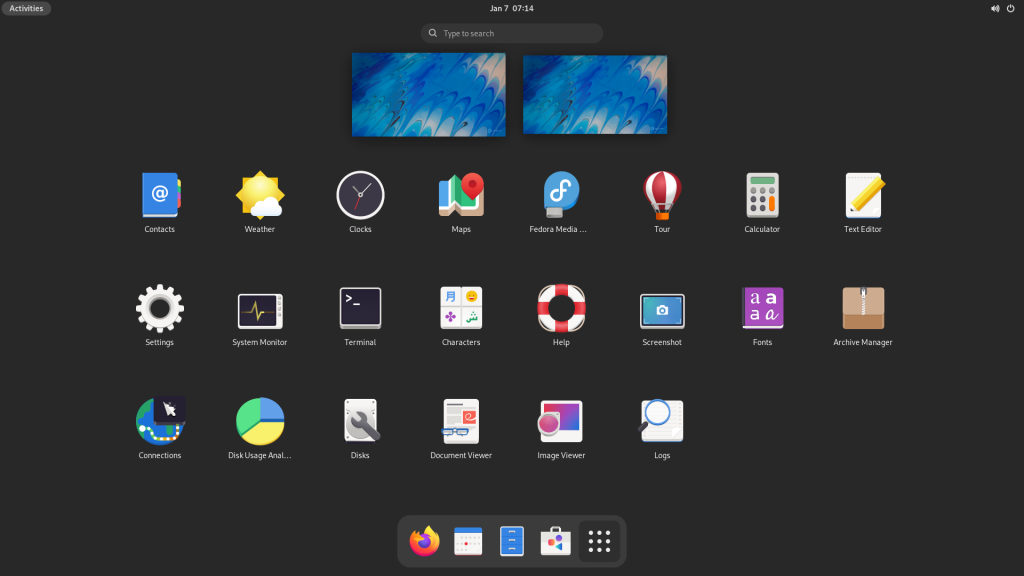
The Final Verdict: Is Linux the Right Choice for You?
Despite its impressive features, Linux does have limitations such as the lack of support for certain professional applications such as Adobe Suite and Microsoft Office Suite which can be a dealbreaker for some people. So make notes of whatever application you use in your daily life and check online if they offer a Linux version of their application.
If everything you need works on Linux, then keep in mind that there will be a learning curve for you no matter whichever distribution you pick (for example, Linux Mint is the best distribution that is switching from Windows). If you are okay with the learning curve, then back up your important files and install Linux on your system!

